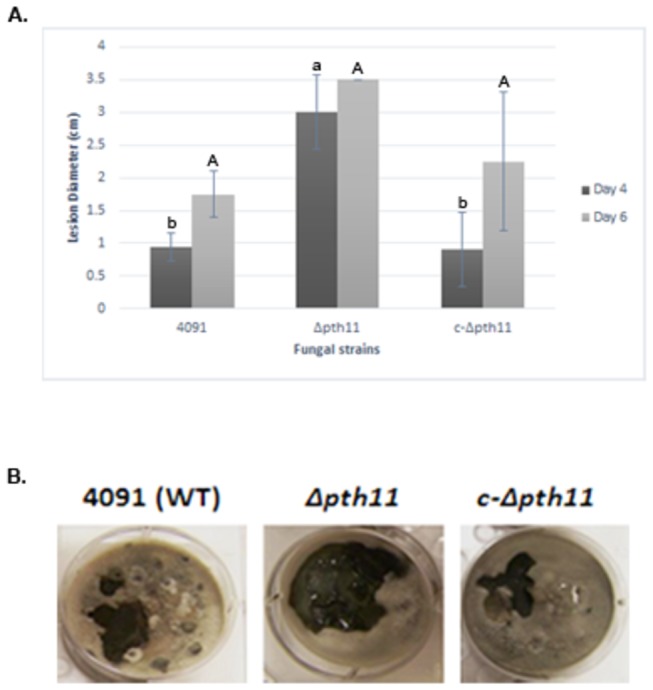Figure 8. Bacterial lesions are larger on the fungal mutant pth11 versus on the wild-type fungus.

Graph shows measurements of lesion diameters caused by the wild-type bacterial strain, C3, on the wild-type fungus, 4091, the Δpth11 mutant, and the complemented line, c- Δpth11 (A). Bars represent the average of two biological replicates, and the lines represent error bars. Lowercase letters indicate significance at Day 4 (p-value > 0.03) and uppercase letters indicate insignificance at Day 6 (p-value > 0.14). Statistics were performed with Tukey-Kramer HSD test. Images are representative of three biological replicates. M. oryzae mycelia were grown on oatmeal agar for 12 days in 6-well plates (each well is 3.5 cm in diameter) and inoculated with a 40 µl drop C3 (left of center) and a 40 µl drop of DCA (right of center) (B). The image shows lesions 4 days post-inoculation. The DCA mutant bacteria never caused lesions, while the C3 wild-type strain caused large lesions on the Δpth11 mutant.
